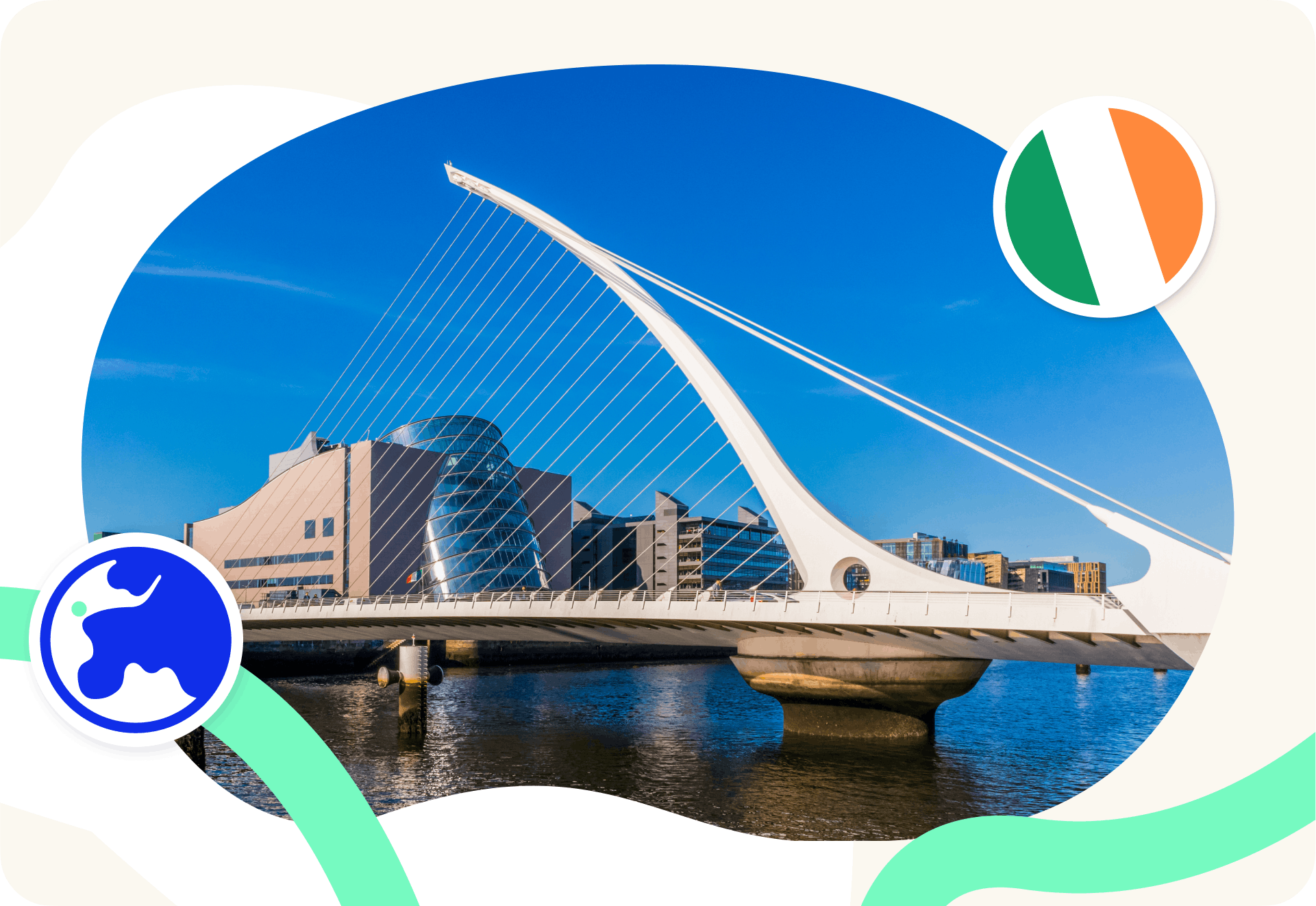One thing that we’ve discovered during the last few years is that you don’t have to go to the office to be a productive employee. Employees can be just as productive, if not more so when they work away from the office. However, working outside of the office also means having less time to socialise with co-workers in person, which makes it harder to develop positive workplace relationships.
When you have a distributed team, especially a team that works globally, it’s vital to find ways for your employees to connect and to keep that connection alive. One of the best ways to do this is by having a company retreat. A well-planned company retreat can help your team bond as a group and unify behind shared goals.
Who should plan your company retreat?
Planning a company retreat is a big project, and it’s even bigger for a global team, so employee involvement in the planning process for the retreat is vital. Be sure to solicit insights and suggestions from employees during the planning process. Your employees will appreciate being involved and the retreat will be more likely to be successful
Deciding where to meet
The beauty of having an international team is that you can meet anywhere in the world. That’s also the difficulty. How do you choose where to meet?
You may have a world of locations to choose from, but some locations are easier to travel to than others due to their travel policies. Much of western Europe is very accommodating of tourists, particularly Germany, Spain, and Portugal. A number of South American countries can also be easy to visit, and there are many attractions, such as the beaches of Rio de Janeiro and the wineries of Argentina and Chile. Much of Asia is also easy to visit as well, and countries like Japan and South Korea have excellent connectivity.
As far as choosing a location for your retreat, much of the world is open to you, but you will need to be aware of COVID restrictions. Advise your employees of the entry requirements for the country hosting your retreat and remind them to be sure their vaccinations and other travel documents are current well in advance of their travel date. When you’re scouting locations for your retreat, be sure to keep an eye on global events to make sure that your retreat isn’t going to be disrupted.
It’s important to choose the accommodations for the retreat carefully, with your agenda in mind. If you’re going to have a lot of outdoor activities, it would be wise to choose a location near a state park. If you’d like to have a lot of breakout sessions and smaller team meetings, be sure to choose a venue with a lot of conference rooms. Make sure that your chosen location can support your technology needs and find out in advance if there are any entertainment options in the area.
Scheduling your retreat
When are you going to schedule the retreat? The timing should not only work with your company’s business but with your employees themselves. Try not to schedule the retreat during a common vacation time, such as the month of August, or during a time that is sacred to religions, such as during the Christmas holiday or Ramadan. Additionally, you’ll want to be aware of the weather for the location you’ve chosen – for instance, scheduling a company retreat south of the equator in January might be a good choice if most of your employees live and work north of the equator.
Arranging transportation
When you’re scheduling your retreat, be sure to add extra time for people to arrive. Not only will your team need time to travel, but international travel can have several inconveniences, such as flight delays and lost luggage.
If possible, try to arrange for employees to arrive at the airport near the same time to make travel to the retreat site as simple as possible and to maximise your employees' time together.
P.S. if you plan on bringing together a globally distributed team in one place for a company retreat, and need help arranging short-term visas for your team members, Localyze can help!
Retreat agenda
The purpose of a company retreat is team bonding and development, so when you set up your retreat, be sure to have time for large events, such as group meals, parties, and training, as well as smaller sessions, bonding activities, and free time.
Meals
When arranging group meals, remember to offer accommodation for a variety of dietary requirements. Employees who have dietary restrictions will likely mention it ahead of time, but it’s always a good idea to have tasty options for people who choose to eat a vegan/vegetarian diet as well as those who need to limit their sugar or fat intake.
Ideas for activities
If you have a global team, it’s likely that your employees don’t have many opportunities to be in the same room together. Likely, you have planned to have group events like a cocktail party and a large dinner. Big activities like these are fun but don’t necessarily encourage employees to meet each other, so you should provide an opportunity for your employees to meet each other and network. Here are some fun team-building ideas from Localyze’s last all-company gathering in Hamburg:
- Chocolate museum tour
- Escape room
- Group painting
- Carnival/fun fair
- Bowling
The following exercises and games are also great for team-building:
Two truths and a lie
Each employee tells three facts about themselves, but one fact is false. Your employees need to guess which one isn’t true. Encourage your employees to share outrageous facts about themselves and to be as creative as possible.
Who am I?
Every employee gets a name tag attached to their back with the name of a famous person. The employee doesn’t know whose name they have, and other employees can’t tell them whose name is on their backs. Instead, each employee must talk to other employees to try to find out whose name is on their backs using indirect questions. For example, questions like, “Am I currently living? What am I famous for?”
The numbers game
Each employee gets a number ranging from zero to 9. One employee has a random number generator and calls out a long number. Employees should have only a few seconds to arrange themselves in the proper order.
Swag, goodies, and other prizes
One of the best parts of a company meeting is getting gifts, prizes, and other souvenirs. The gifts don’t have to be elaborate. Items such as t-shirts, water bottles with your company logo or a tote bag can be fun reminders of the memories of the retreat.
After the retreat
After the retreat, set up a fun internal web page to document the event. Be sure to include lots of pictures and video snippets and include quotes and (positive) reviews from the participants. To encourage your employees to remain in touch after going home, add a directory of email addresses with pictures.
Once your employees are home and have had time to decompress and think about the retreat, give your employees a chance to talk about what they feel worked and what didn’t work. Be sure to get their ideas about what they’d like to see next time!
P.S. want to know how you can take your retreat planning to the next level? With our HR checklist on how to organise company retreats for global teams!



